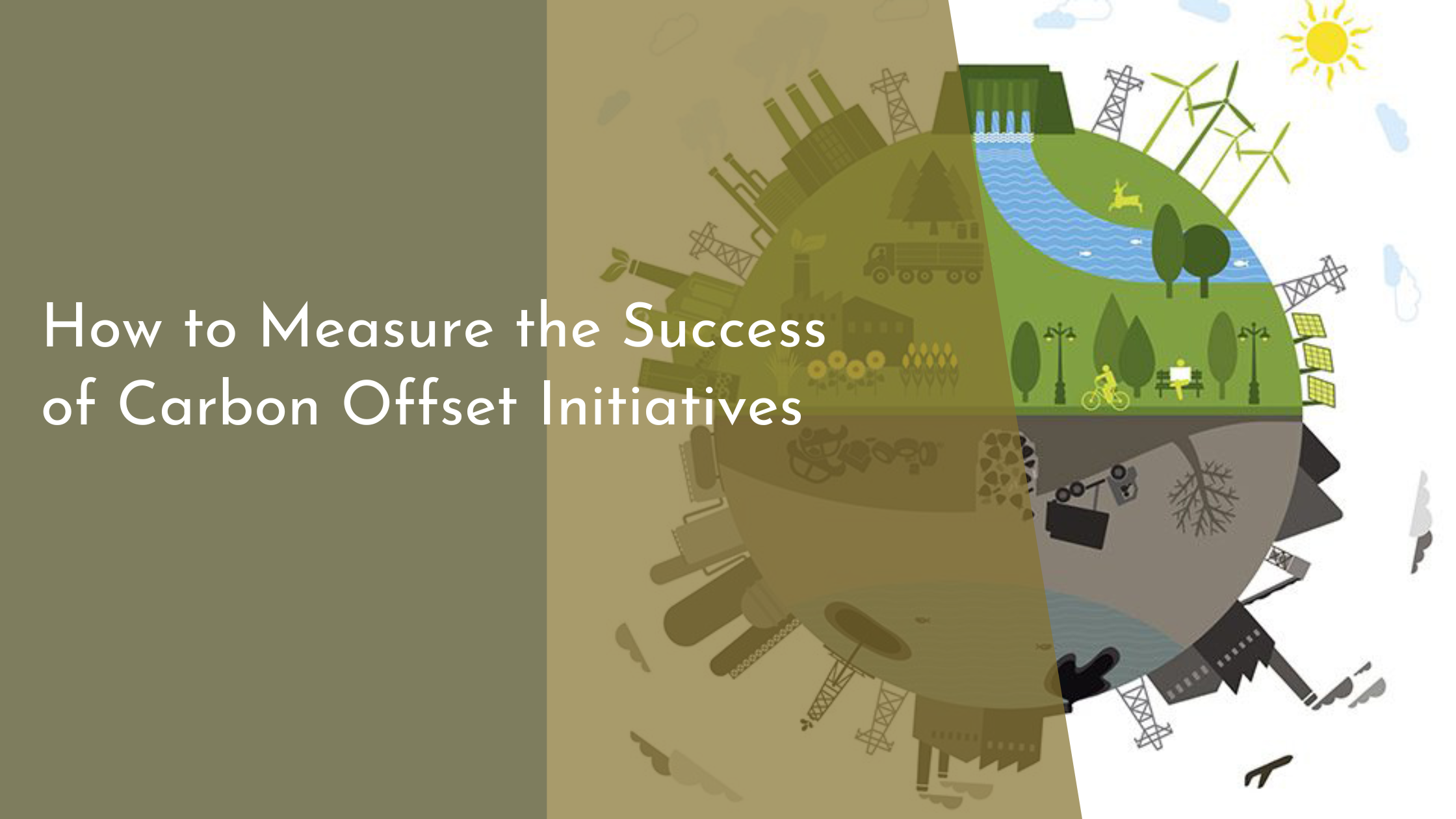How to Measure the Success of Carbon Offset Initiatives
In recent years, the urgency to address climate change has led to a surge in carbon offset initiatives. These projects are aimed at compensating for emissions by reducing or removing an equivalent amount of carbon dioxide from the atmosphere. But how do we measure the success of these initiatives? The effectiveness of a carbon offset project can be gauged through a variety of metrics, tools, and real-life examples that demonstrate tangible results. This article explores the essentials of evaluating carbon offset initiatives, offering insights into the methodologies used to ensure their intended environmental impact.
Understanding Carbon Offset Initiatives
Carbon offset initiatives are designed to balance out greenhouse gas emissions by funding projects that either prevent the release of carbon dioxide or remove it from the atmosphere. These initiatives encompass a wide range of activities such as reforestation, renewable energy production, and energy efficiency improvements. By purchasing carbon credits, individuals and organizations can offset their emissions indirectly, thus contributing to global efforts to mitigate the impacts of climate change.
The core idea behind carbon offsets is to promote sustainable practices and investments in projects that support environmental goals. These initiatives are often part of broader environmental strategies, aligning with international agreements like the Paris Agreement. Carbon offsets not only help in reducing net emissions but also encourage the adoption of cleaner technologies and provide financial support to communities involved in such projects.
Key Metrics for Evaluating Success
One of the primary metrics for evaluating the success of carbon offset initiatives is the amount of carbon dioxide they prevent from entering the atmosphere. This is usually measured in metric tons of CO2 equivalent (tCO2e). Accurate measurement of emission reductions is essential to ensure that the initiatives are having the desired impact. Another important metric is the additionality of the project, which assesses whether the emissions reductions would have occurred in the absence of the offset initiative.
Beyond just quantitative metrics, qualitative factors like socio-economic benefits and biodiversity impact are crucial too. Successful carbon offset projects often contribute to local communities by creating jobs, improving health outcomes, and preserving biodiversity. Evaluating these dimensions provides a holistic view of a project’s success, ensuring that the initiatives support sustainable development goals alongside carbon reduction.
Tools and Methods for Accurate Measurement
There are several tools and methodologies available to measure the success of carbon offset initiatives accurately. Life Cycle Assessment (LCA) is one such tool that evaluates the environmental impacts associated with all stages of a product’s life, from raw material extraction through processing, manufacture, distribution, use, repair and maintenance, and disposal or recycling. This comprehensive approach ensures that the carbon footprint of a project is accurately assessed.
Remote sensing and Geographic Information Systems (GIS) are also widely used tools in monitoring carbon offset projects, especially those involving land use changes like reforestation. These technologies provide precise data on land cover changes and carbon stock, enabling project developers to track progress and make informed decisions. Additionally, third-party verification by certified bodies ensures that the reported data is accurate and credible, boosting the confidence of stakeholders and investors.
Real-Life Examples of Successful Offsets
One real-life example of successful carbon offsetting is the Kasigau Corridor REDD+ Project in Kenya. This project has not only prevented millions of tons of CO2 emissions by protecting forestland but has also significantly improved the livelihood of local communities through job creation and educational initiatives. The project has been widely recognized for its holistic approach to sustainability, serving as a model for similar projects worldwide.
Another notable example is the installation of wind turbines in Tamil Nadu, India. This initiative has led to substantial reductions in carbon emissions by generating clean energy and displacing fossil fuel-based electricity generation. It has also contributed to local economic development by providing employment opportunities and ensuring a stable power supply to the region. These examples highlight how carbon offset projects can deliver substantial environmental and socio-economic benefits, demonstrating their success in achieving both climate and community goals.
As the world continues to grapple with climate change, carbon offset initiatives play a crucial role in driving sustainable development and reducing global emissions. By understanding the metrics, employing accurate measurement tools, and learning from successful examples, stakeholders can ensure the effectiveness of these initiatives. Successful carbon offset projects not only help mitigate climate impacts but also foster economic growth, improve social outcomes, and protect biodiversity. As we move forward, a comprehensive approach to evaluating and implementing these initiatives will be essential in achieving a sustainable and resilient future.

